In addition to new municipal stormwater permits that will soon go into effect in Washington State (which we’ve written about here and here), the state has also issued a new version of Western Washington’s stormwater management bible. In this post, we’ll detail some of the most important changes.
The 2012 Stormwater Management Manual for Western Washington (“SWMMWW” or “manual”) is a bedrock document that guides how nearly everyone involved in regional stormwater management does his or her job. It outlines how to control the quantity and quality of stormwater pollution that typically increases as new development replaces natural landscapes with roads, driveways, roofs, and other impenetrable surfaces that no longer soak up rain. Once it hits the ground, that rain picks up pollutants—from oil and grease to toxic metals to nutrients in animal waste and fertilizers—and washes them into state waters.
The SWMMWW manual is an incredibly important resource for managing and minimizing that pollution, which is one of the largest threats to Puget Sound. Local cities and towns use it to set stormwater requirements for development projects. Land developers and engineers use it to build stormwater facilities and reduce pollution coming off construction sites. Businesses use it to help design their stormwater pollution prevention plans. The regional manual applies to all types of land development—including residential, commercial, industrial, and roads—although other manuals provide additional guidance for specific circumstances.
The Washington State Department of Ecology last revised the SWMMWW in 2005. The 2012 changes include:
- Low impact development (“LID”) requirements for new development and redevelopment.
- Revised guidance on designing infiltration facilities.
- New and revised stormwater source control and treatment through best management practices (BMPs).
- New and revised construction BMPs.
- Revised guidelines for wetlands.
Background on the SWMMWW
The SWMMWW is a massive document, with five volumes comprised of 1,035 pages. It lays out the minimum requirements for new development or redevelopment projects on a range of topics, including preparing stormwater site plans, preventing pollution during construction, treating runoff, controlling the amount of stormwater flowing off the property, and protecting wetlands. The minimum requirements that apply to a particular project will vary depending on its type and size.
Volume I provides an introduction and discusses how to develop a stormwater site plan, which is a mandatory report that any developer or builder who wants a construction permit has to prepare. The plan describes the building site, explains development plans, examines possible effects on other property owners and bodies of water, and proposes methods to control stormwater pollution. Agency staff use this plan to evaluate the proposed project.
The other volumes include detailed information about Best Management Practices, or BMPs, for reducing pollutants that stormwater dumps into state waters. The term covers systems that treat polluted stormwater (such as retention ponds that hold rainwater and give it time to soak into the ground), as well as operational practices that reduce it (such as minimizing the use of chemical fertilizers and pesticides that rain can pick up and wash into streams).
Washington State’s stormwater permits also refer to the SWMMWW and the BMPs it describes. It’s worth mentioning a jurisdiction subject to the Phase I and Phase II Municipal Stormwater Permits (which we previously detailed) must use Appendix 1 of its permit to determine the minimum requirements, thresholds, and definitions that apply. However, managers still must refer to the SWMMWW for site planning processes and BMP selection and design criteria.
Changes to the 2012 SWMMWW
Low impact development (LID) techniques
In the simplest sense, LID stormwater designs mimic natural drainage processes. They retain as much vegetation as possible, limit the amount of impervious surfaces in a development and seek to handle runoff onsite by giving it time to soak back into the earth. In this update, the Department of Ecology revised the manual to include techniques that support new LID requirements in the Western Washington Municipal Stormwater Permits. (See our blogs here and here for further discussion.)
The manual now includes stronger requirements to manage stormwater on-site, either by using the LID BMPs or holding developers to a LID performance standard. However, development sites in some urban areas, such as those where the soils are too poor to soak up the runoff, can ask for a feasibility review to reduce those LID requirements.
The majority of changes regarding LID practices are found in Volume I, Chapters 2 and 3 of the manual. Design criteria and details on LID BMPs are found primarily in Chapter 5 of Volume V.
New and revised construction BMPs
Volume II is devoted to reducing stormwater pollution associated with construction activities. Ecology primarily revised this section to match language in the Construction Stormwater General Permit. Ecology also revised several construction stormwater BMPs for clarity, removed some that were not working in the field, and added new construction BMPs, such as vegetated spray fields next to construction projects that are sprayed with muddy water so that the water soaks into the ground.
Revised guidance on infiltration facilities
In its latest revision, Ecology also limited the number of recommended methods for determining infiltration rates, or the rate at which the ground soaks up stormwater. Stormwater designers use infiltration rates to determine how big stormwater facilities should be and to estimate how much water bioretention facilities (essentially, engineered rain gardens) and permeable pavements can handle. The goal of these changes, outlined in Volume III, is to make sure these important calculations are performed consistently and that stormwater facilities are built correctly.
Stormwater source control and treatment BMPs
Volume IV primarily focuses on source control BMPs, which are designed to prevent pollutants from getting into stormwater in the first place. Ecology revised Volume IV to clarify several BMPs and to coordinate with the Industrial Stormwater General Permit and Boatyard General Permit.
Volume V contains runoff treatment BMPs, which are designed to remove pollutants from stormwater. Ecology revised this volume to clarify BMPs and to remove those that lacked clear design criteria. Ecology also added new guidance, especially for LID techniques used in rain gardens, bioretention facilities, vegetated roofs, permeable pavement, and dispersion. For example, new BMPs for bioretention facilities (engineered rain gardens) provide much more detailed feasibility criteria and design and maintenance standards. Finally, Volume V also discusses emerging technologies within the stormwater field, including guidelines for submitting new approaches and Ecology’s role in approving them.
Revised guidelines on wetland protections
Other major changes include revised technical guidelines in Volume I for better protecting wetlands. Those guidelines were significantly modified to remove outdated information, clarify concepts, and increase protection by managing stormwater to avoid or minimize changes to the way wetlands function.
Low Impact Development Technical Guidance Manual for Puget Sound
Finally, we would be remiss if we didn’t mention the Low Impact Development Technical Guidance Manual for Puget Sound, published in December 2012 by Washington State University’s Puyallup Research & Extension Center and Puget Sound Partnership. The document doesn’t supercede the 2012 SWMMWW or the requirements in any NPDES permit, but it does provide stormwater professionals with a common understanding of LID goals, objectives, and guidance. It also includes research and data on specific LID practices that should help stormwater managers and site designers make informed decisions when applying them to their sites or jurisdictions.

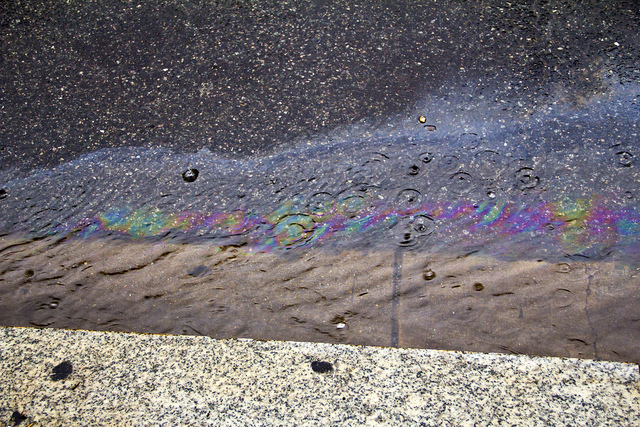
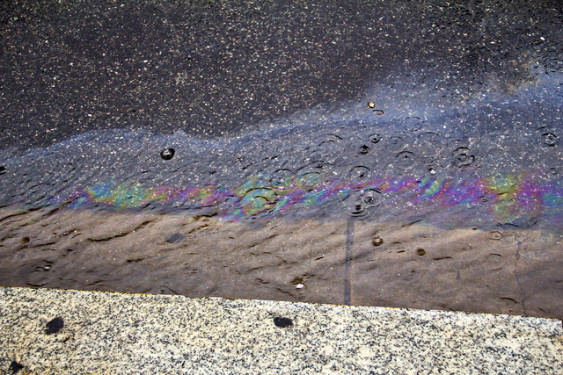


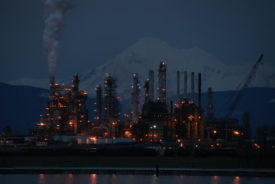
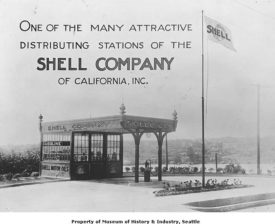
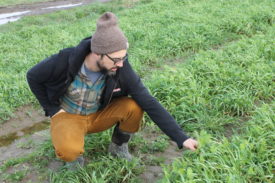

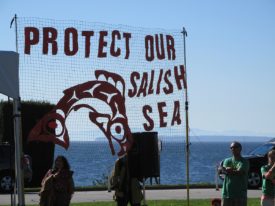

Vernon Ritchie
Please Help! We have a class 2 stream (Owl Creek) in Clallam County, W.A. When you report damage to out County they get defensive and try to say it cannot be stopped. In the past a County Commissioner belittled one of they and the person sued and got enough money to build a new garage so now no one does anything. In the recent problem I was told they use 1992 regulations and the person who’s job it was wasn’t reelected and hadn’t been seen in months. What we have is a case of seasonal flooding that recent housing are attempting to alter. The County has failed to control storm water runoff of Blue Grass lane where the residents have placed a steel beam to divert the flow into the Irrigation ditch overflowing the creek in the mixing zone. This is now being impacted by a Huge trench another creek side resident has dug below the high and low water table on 2 sides of his 5 acres which has many wrecked cars littered on the property which drains into a documented wetland. His neighbor across the creek has hand dug a trench from the creek to the neighbors trench that fills with the stream altering the natural flooding and not with the fresh trenching I believe is in violation of the Clean Water Act also.If you were to contact Joe Holtrop Executive Director Clallam Conservation District, joe.holtrop@clallamcd.org he could also provide information on the critical area this really is. Please Help this stream is part of the Dungeness watershed making it part of the Puget Sound watershed.